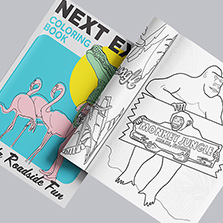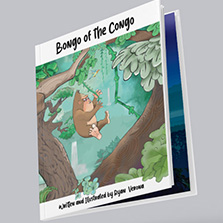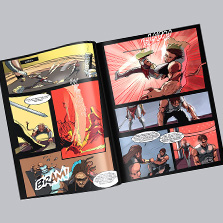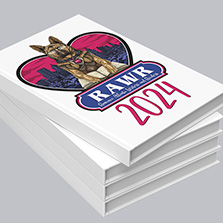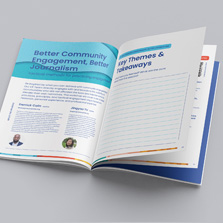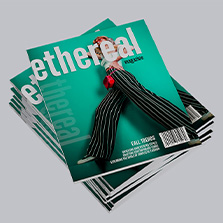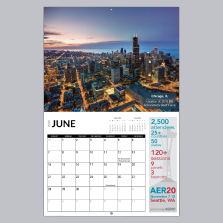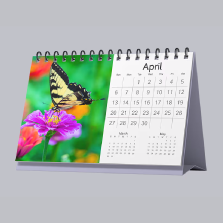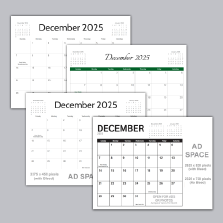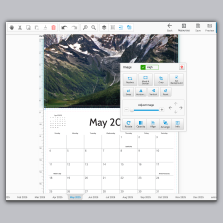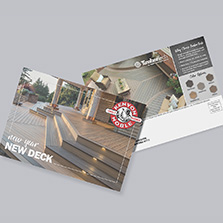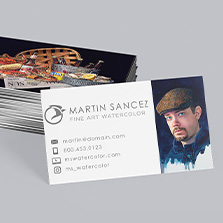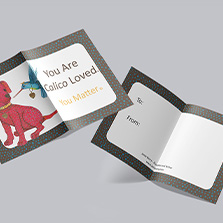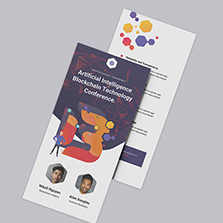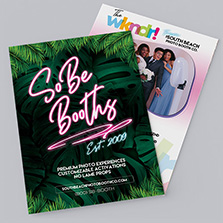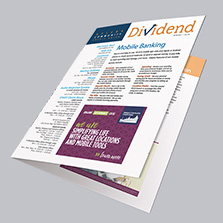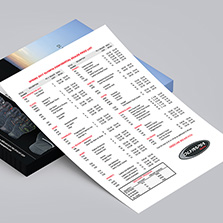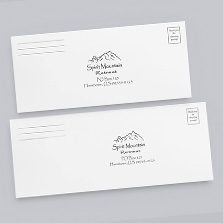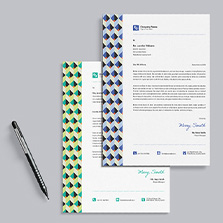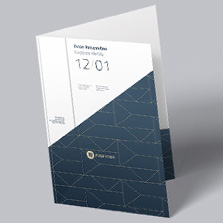
5 Expert Graphic Design Strategies for Brand Evolution
Starting a rebrand with a client and unsure where to begin? Searching for that spark of inspiration to drive your design decisions? You’re not alone. Rebranding is more than a graphic design challenge, it’s a transformative journey. Beyond mere visuals, you’re crafting the brand’s voice, infusing it with life, and architecting its visual language.
Welcome to the definitive guide on “Brand Evolution.” Here, the goal isn’t just superficial change. It’s conscious, purposeful transformation. Throughout this article, I’ll unveil five expert strategies and methods for graphic designers to navigate the complexities of a brand makeover. Whether you’re refining the voice of an emerging brand or rejuvenating the image of an established entity, these insights will empower you to approach the rebranding process with clarity and confidence. Are you ready to transform hesitation into innovative design solutions? Let’s get into it.
Charting the Course
Successful rebranding is a concise blend of art and science. It intertwines a brand’s DNA with a vision that seeks to bring renewed energy to its future. As you prepare to breathe fresh life into a brand, how can you be certain that each decision is both respectful of its legacy and innovative for is future? What are the actionable steps you can employ to ensure your rebranding isn’t just a surface-level makeover, but a transformative journey?
I’ve crafted a roadmap that combines strategic precision with bold creativity, striking the perfect balance between careful planning and visionary thinking. These aren’t mere tips; they are the culmination of insights from numerous transformative projects I’ve spearheaded. Grounded in my core philosophy: “Let’s Get Methodical With it!”, allow me to illuminate the five essential pillars for graphic design evolution.
1. BRANDING ALCHEMY: Infusing Market Research and Brand DNA
The first step isn’t sketching a new logo or picking a fresh color palette; it’s diving deep into the very soul of the brand. Like an alchemist who meticulously selects and combines elemental ingredients, graphic design holds the initial task to decipher the brand’s inherent DNA and the current market landscape.
Brand DNA Discovery
Start by studying the brand’s history, ethos, and foundational values. Engage with core personnel, ask questions, and review past marketing materials. Such activities help uncover invaluable insights about what has worked, what hasn’t, and why. In graphic design, this exploration will give you a clear blueprint of what elements are non-negotiable and which aspects are ripe for reinvention. PRO TIP: I start every project with the 5Ws +H: Who, What, When, Where, Why and How to shape my knowledge and prep my strategy.
Market Research Quest
Your next step is competitive analysis. Study rival brands, their positioning, strengths, and areas of improvement. This doesn’t mean imitating them but understanding where there’s a gap or opportunity that your brand can fill. What do they do better? What do they do worse? Furthermore, analyze current market trends and audience behavior. Use tools such as surveys, focus groups, and online analytics to gather data on what appeals to the audience and why.
Craft the New Vision
Now that you have a clear picture of the brand DNA and the competitors you’re up against, it’s time to go to work. Combine the knowledge and let your vision flow. Don’t force it, let it come to you naturally. Your strategy and vision should be a harmonious blend, seamlessly integrating the brand’s history, the present market needs and your plan for its future.


2. MASTER COLLABORATION: Symbiotic Strategies
The power of collective intelligence cannot be overstated. It is the synthesis of diverse perspectives that shapes a holistic and resonant brand evolution. But how does collaboration manifest in the practical landscape of graphic design, and what does it look like?
Cross-Department Research
Bring together teams from diverse departments like marketing, sales, customer service, and even logistics. Their combined insights will paint a more comprehensive picture of the brand from multiple angles. PRO TIP: Your customer facing employees will have your best insight of pain points from your customers.
Include individuals from various backgrounds and expertise. A fresh set of eyes can often see what even the best designer might overlook. After initial designs or ideas are proposed, circulate them and capture their feedback. Iterate and recirculate again.
Customer Engagement
Host focus groups, online surveys, or one-on-one interviews. Your customers are the end-users of the brand, and their input is invaluable. They can provide insights on what resonates with them and where there’s room for improvement. PRO TIP: If these methods are not feasible, lean heavy into your customer service team and frequently check in.
Expert Consultations
Sometimes, it’s beneficial to get an external expert opinion. This could be from branding agencies, freelance designers, or industry thought leaders. Their detachment from the brand can offer objective, unbiased feedback.
When a designer has collaborated with a brand or company for an extended period, certain assumptions become second nature. This familiarity is often mirrored by the company’s employees, who inherently understand the brand and its offerings. An outside expert can highlight overlooked details and assumptions. This fresh perspective is invaluable.


3. THE VISIONARY LEAP: Your Defining Moment to Deliver
Now that you’ve immersed yourself in the brand’s rich history and gathered invaluable insights from cross-departmental collaboration, you’re standing on a solid foundation. With this robust groundwork, the stage is set to unleash your creativity and drive transformative change.This part, is all about you. You’ve put in the work. The stage is set. The spotlight is on you.
PRO TIP: Start with a “Blank Canvas Day.” Dedicate an entire day when you remove all familiar references, current market trends, and previous designs related to the brand. Begin your design process on this day with a fresh perspective, allowing only your creativity and brand’s core ethos to guide your vision.
PRO TIP: Unlock Your Flow State: Before diving into graphic design work, set the stage for deep concentration and creativity. Whether it’s brewing your favorite coffee, curating the perfect playlist, donning noise-cancelling headphones, or dimming the lights to your preference, do what’s necessary to immerse yourself. Once you’ve tapped into that creative flow state, let it ride. Trust the process and let the ideas pour in.


4. STORYTELLING FUSION: Authentic Narratives & Future Vision
Branding isn’t merely visual aesthetics; it’s an orchestration of compelling narratives. The stories a brand tells not only mold its identity but also steer its marketing strategies. In a digital age full of content overload, brands must tell stories that captivate, resonate, and linger in the minds of their audience.
Authentic stories do more than just inform; they build trust. In a world where consumers are bombarded with endless promotional content, genuine stories stand out. They humanize brands, making them relatable and credible. By weaving authenticity into every story, brands foster deeper connections, driving loyalty and advocacy.
PRO TIP: Hook with Narrative: One of the best ways to captivate an audience is to present a relatable story. Nike, for instance, doesn’t just sell shoes; they tell stories of perseverance and determination through their “Just Do It” campaigns, often highlighting real athletes’ journeys. For designers, weaving a compelling narrative in branding elements – whether it’s a website, ad, or product packaging – can turn passive viewers into engaged customers. Start by understanding your audience’s aspirations, challenges, and values, then craft a story that speaks directly to those experiences.
5. THE CYCLE OF CREATIVE REFINEMENT: Idea, Refine, Repeat
Rebranding is more than just a one-time makeover; it’s an ongoing journey of innovation and refinement. At its core, this journey is about creating ideas, refining them, making improvements, and then revisiting concepts to further enhance them. Time to get comfortable with the cycle and make it your own:
- Idea Creation: Start with a core concept. Use tools like brainstorming and mood boards to flesh out this vision, drawing from various inspirations, from trends to brand history.
- Refinement: Once the initial ideas are formed, adjust and enhance them. Employ mock-ups and prototypes to visualize these updates.
- Feedback Collection: Share your designs with a select group, from internal teams to target audiences. Their insights can guide further refinements.
- Implement Changes: Based on feedback, tweak the design. This can range from minor adjustments in colors to significant design shifts.
- Ongoing Adaptation: Post-launch, continuously assess and adapt the brand to align with feedback and market changes.

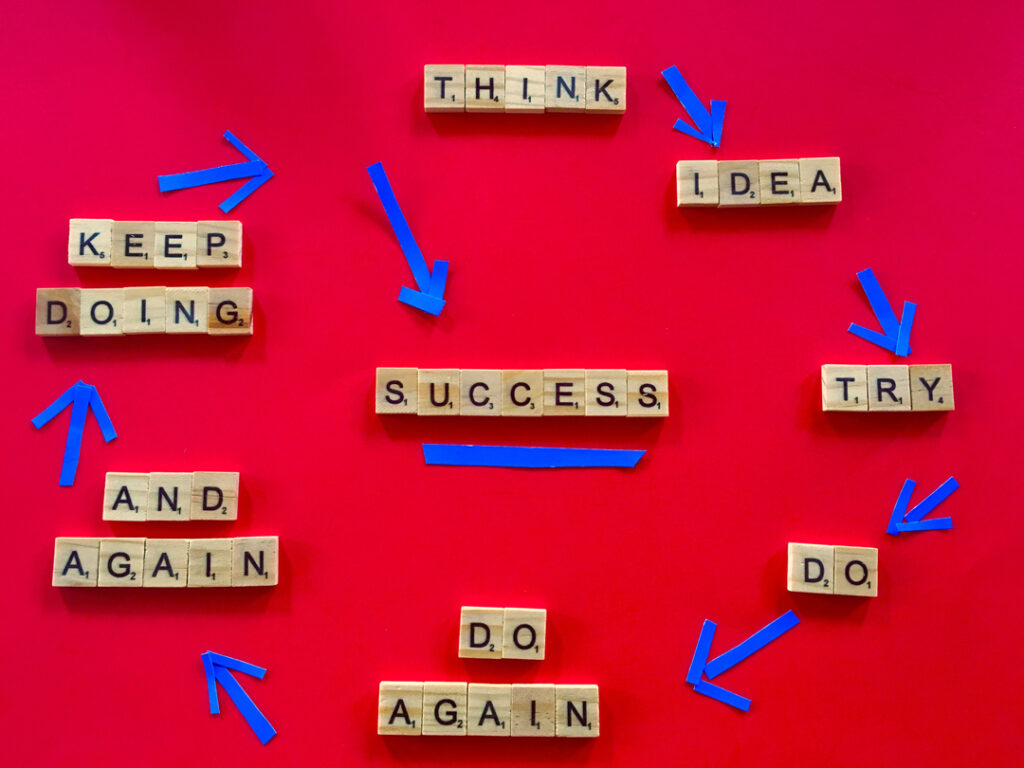
Conclusion for Graphic Design
Rebranding is a powerful blend of strategy and creativity, challenging designers to capture the evolving essence of a brand. By adhering to these pillars and integrating proactive steps, designers can craft a brand narrative that resonates and endures. Embrace the journey, trust the process, and remember: every great brand evolution starts with a clear vision and a designer’s daring leap.
So put some strategy to it, get methodical with it, the next iconic brand evolution might just be yours.
Ready to translate your rebranded vision into tangible marketing materials? Whether it’s booklets, flyers, brochures, and more, PrintingCenterUSA is your go-to destination. Elevate your brand’s presence with quality prints today!



